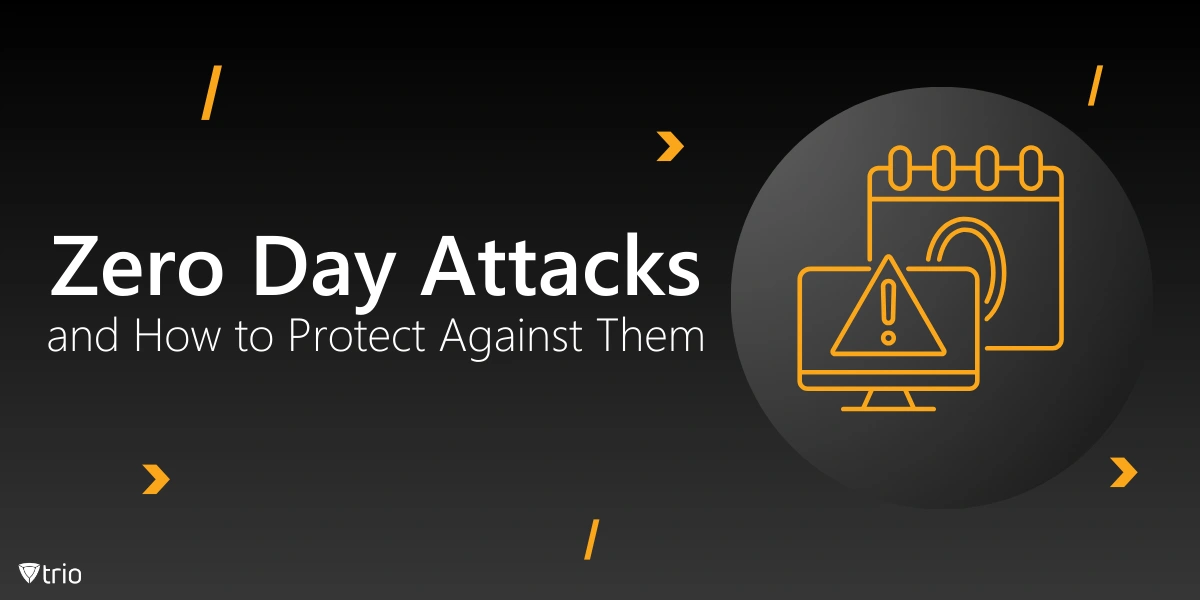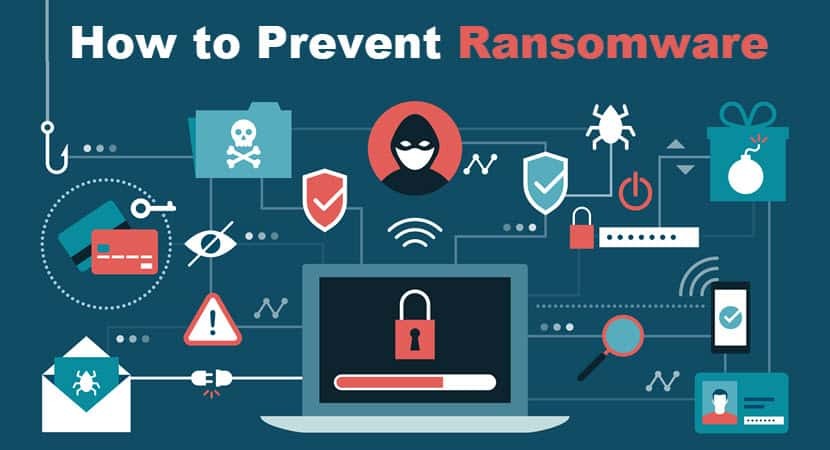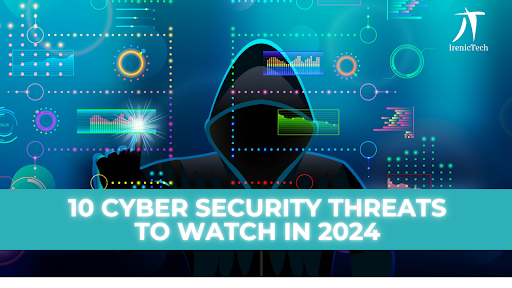How to Stay Informed About New Malware Variants
Malware, short for “malicious software,” encompasses a wide range of cyber threats designed to disrupt, damage, or gain unauthorized access to computer systems. From personal devices to enterprise networks, malware continues to be a leading cybersecurity threat. In this blog, we explore the most common malware variants, real-world examples, prevention measures, and response strategies.
Introduction: Overview of Malware and Its Impact on Cybersecurity
Malware can infiltrate systems through various channels, including email attachments, infected websites, and compromised software. Once inside, it can steal data, encrypt files, spy on user activities, or even damage entire networks. The financial, operational, and reputational impact of malware makes it a critical focus for cybersecurity efforts.
Types of Malware: Viruses, Worms, Trojans, Spyware, Adware, and Rootkits

Understanding the different types of malware is essential for developing effective defense strategies:
- Viruses:
- Overview: A virus attaches itself to clean files or programs, spreading when the infected file is opened or executed.
- Impact: It can corrupt files, slow down systems, or even render devices inoperable.
- Example: The Melissa virus (1999), which spread through infected email attachments, causing widespread disruption.
- Worms:
- Overview: Unlike viruses, worms are standalone malware that self-replicate and spread without human interaction.
- Impact: Worms can cause significant network slowdowns, data breaches, and system crashes.
- Example: The ILOVEYOU worm (2000), which infected millions of computers worldwide, spreading through email attachments.
- Trojans:
- Overview: Trojans disguise themselves as legitimate software or files to trick users into installing them. Once inside, they can steal data or open backdoors for other malware.
- Impact: They can steal financial information, spy on user activity, or give attackers remote control of the system.
- Example: Zeus Trojan, known for stealing banking information and infecting millions of devices globally.
- Spyware:
- Overview: Spyware monitors user activities, collects sensitive information, and transmits it to attackers without the user’s knowledge.
- Impact: It can lead to identity theft, financial fraud, and unauthorized data sharing.
- Example: FinFisher spyware, which has been used for surveillance by government agencies.
- Adware:
- Overview: Adware displays unwanted advertisements, often redirecting users to malicious websites.
- Impact: It can slow down systems, compromise privacy, and expose users to additional malware threats.
- Example: Fireball adware, which infected millions of computers by hijacking web browsers and redirecting users to malicious ad pages.
- Rootkits:
- Overview: Rootkits allow attackers to gain privileged access to a system and hide their activities from detection tools.
- Impact: They can manipulate system files, alter security settings, and provide attackers with persistent control over the infected system.
- Example: Stuxnet rootkit, which was used to disrupt Iran’s nuclear facilities by compromising industrial control systems.
Real-World Examples: Recent Malware Attacks and Their Consequences

Several recent malware attacks highlight the severe consequences of malware infections:
- WannaCry Ransomware Attack (2017):
- Details: WannaCry exploited a vulnerability in Windows systems to encrypt files and demand ransom payments.
- Impact: It affected over 200,000 computers across 150 countries, disrupting hospitals, businesses, and critical infrastructure.
- Emotet Malware (2020):
- Details: Emotet spread through phishing emails, acting as a dropper for other malware like ransomware and banking trojans.
- Impact: It caused significant financial losses for businesses and was deemed one of the most dangerous forms of malware before its takedown.
- SolarWinds Attack (2020):
- Details: Attackers compromised the SolarWinds software to deploy malware that infiltrated government and corporate networks.
- Impact: The breach exposed sensitive information and demonstrated the risks of supply chain attacks using malware.
Preventing Malware Infections: Anti-Malware Tools, Secure Browsing, and User Education

Effective malware prevention involves a combination of tools, practices, and awareness:
- Anti-Malware Tools:
- Use reputable anti-malware software that provides real-time protection, regular scans, and automatic updates to detect and block malware threats.
- Examples: Bitdefender, Norton, and Malwarebytes.
- Secure Browsing:
- Use browser extensions that block malicious websites, ads, and trackers. Enable HTTPS-only mode for encrypted communications.
- Regularly clear cache and cookies to prevent tracking and data leaks.
- User Education:
- Conduct regular cybersecurity training to educate users about the risks of malware and best practices, such as avoiding suspicious downloads, links, and email attachments.
- Implement clear security policies, emphasizing the importance of regular software updates and cautious online behavior.
Impact of Malware: Data Loss, System Disruption, and Financial Costs
The impact of malware on businesses and individuals can be severe:
- Data Loss: Malware can delete, encrypt, or steal data, leading to significant data loss and potential breaches of customer or proprietary information.
- System Disruption: Malware often causes slowdowns, crashes, and unresponsive applications, affecting productivity and service delivery.
- Financial Costs: Dealing with malware incurs costs related to data recovery, system repairs, legal fees, and compliance fines. Some ransomware attacks can result in hefty ransom payments.
Response Strategies: Steps to Take If a Malware Infection Is Detected

If malware is detected, taking immediate action is critical:
- Isolate the Infected Device:
- Disconnect the device from the network to prevent the malware from spreading to other systems or devices.
- Run a Full Scan:
- Use anti-malware tools to run a complete system scan and identify the malware variant. Quarantine or delete infected files.
- Restore from Backup:
- If critical files have been compromised, restore data from secure, clean backups. Ensure backups are regularly updated and encrypted to prevent malware contamination.
- Update Security Software:
- Update all security tools to ensure the latest threat definitions are in place, reducing the risk of reinfection.
- Review Security Policies:
- Conduct a post-infection analysis to understand how the malware entered the system and adjust security policies to prevent future incidents.
Conclusion: How to Maintain Malware-Free Systems and Networks

Maintaining malware-free systems requires a proactive, multi-layered approach that includes robust anti-malware tools, secure browsing practices, regular software updates, and ongoing user education. By understanding different malware types and implementing preventive measures, individuals and organizations can significantly reduce the risks and impact of malware attacks.


